Monday - Tunisia (Page Nine)
Did you know? - After the Roman conquest, the region became one of the granaries of Rome and was Latinized and Christianized. The Romans controlled nearly all of modern Tunisia, unlike other modern African countries, of which Rome only held the northern coast. It was conquered by the Vandals in the 5th century A.D. and reconquered by the commander Belisarius in the 6th century during the rule of Byzantine emperor Justinian.



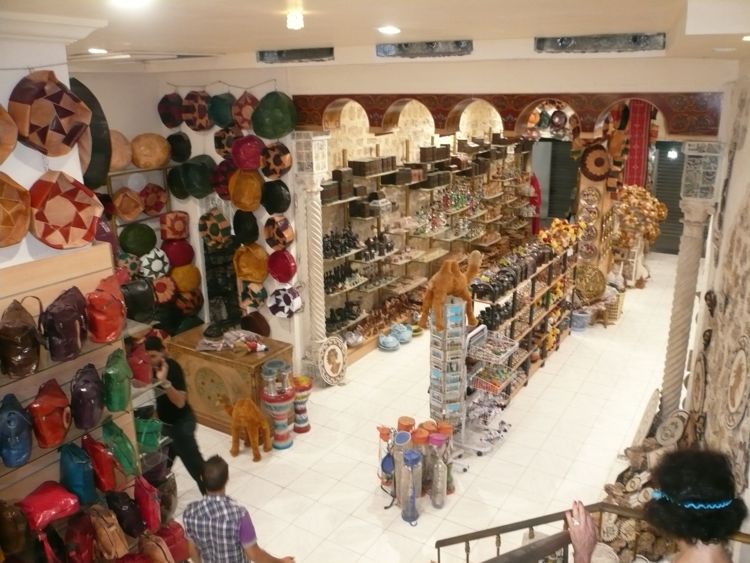
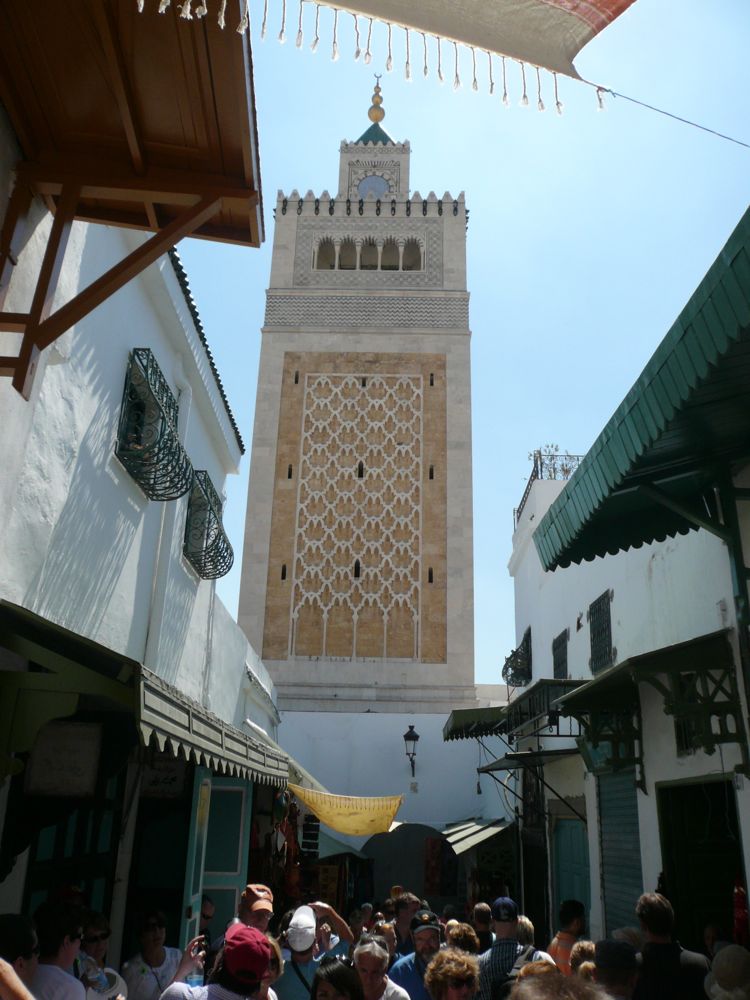

Phonebooths? Wow!

Major street in Tunis

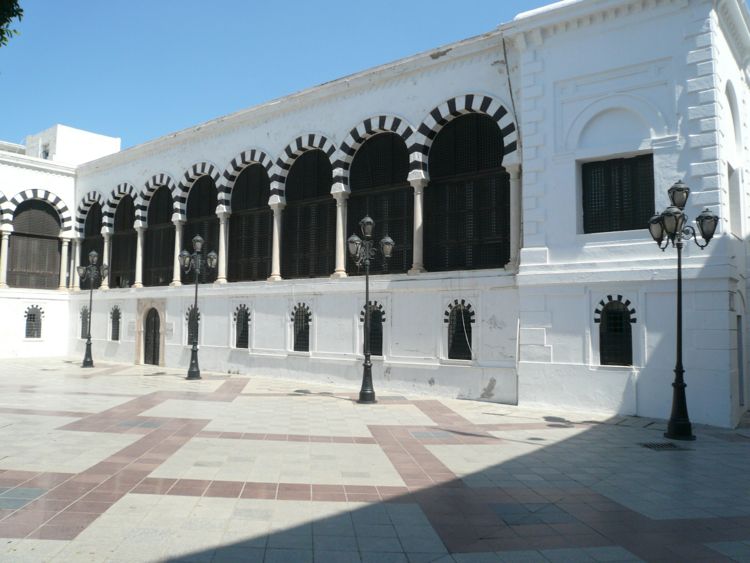
Court of Dar Soulaimania, once the boarding lodge of Zeitouna University
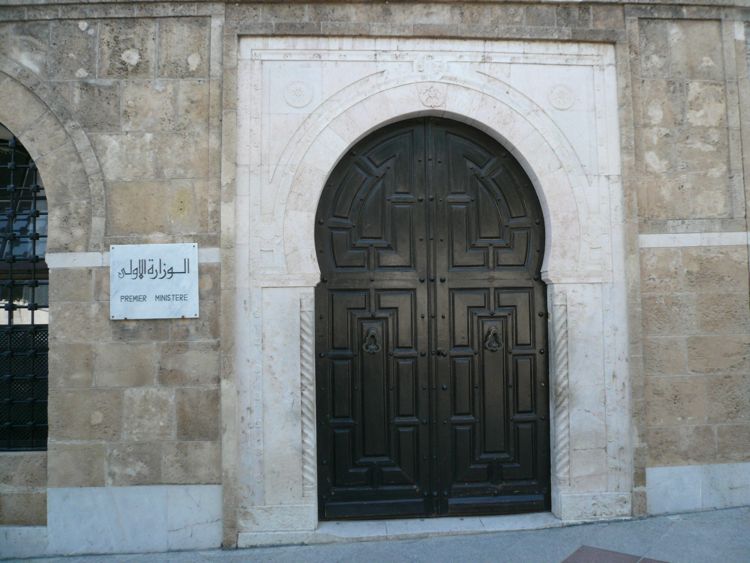
The Bardo Museum
Did you know? - Bardo Museum is a museum in Tunis, Tunisia. It was originally a 13th century Hafsid palace, located in the (then) suburbs of Tunis. It contains a major collection of Roman mosaics and other antiquities of interest from Ancient Greece, Tunisia, and from the Islamic period. It displays objects ranging from prehistorical artefacts to modern jewellery.


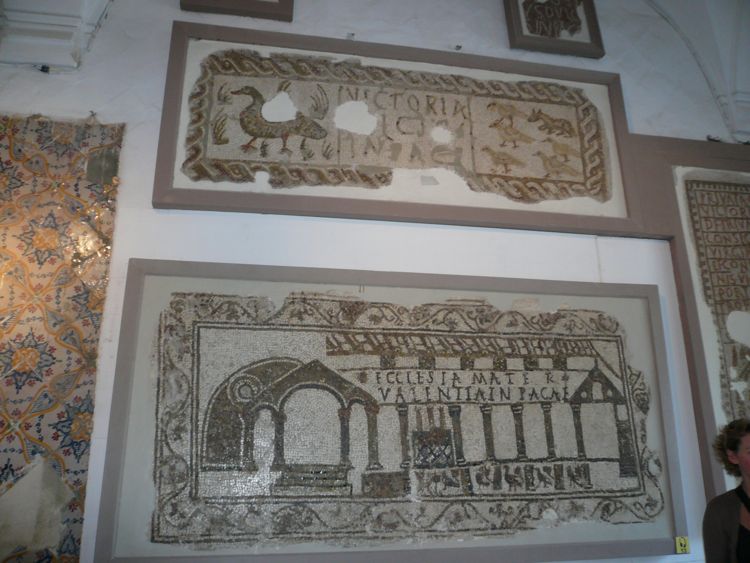
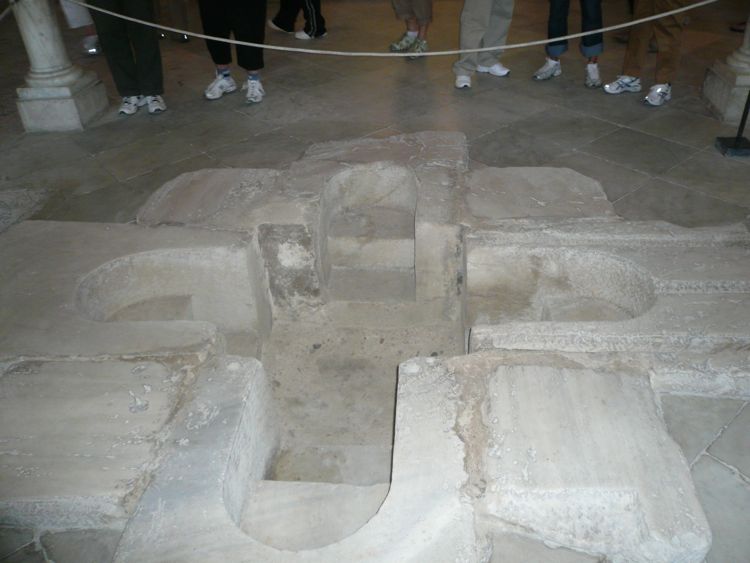
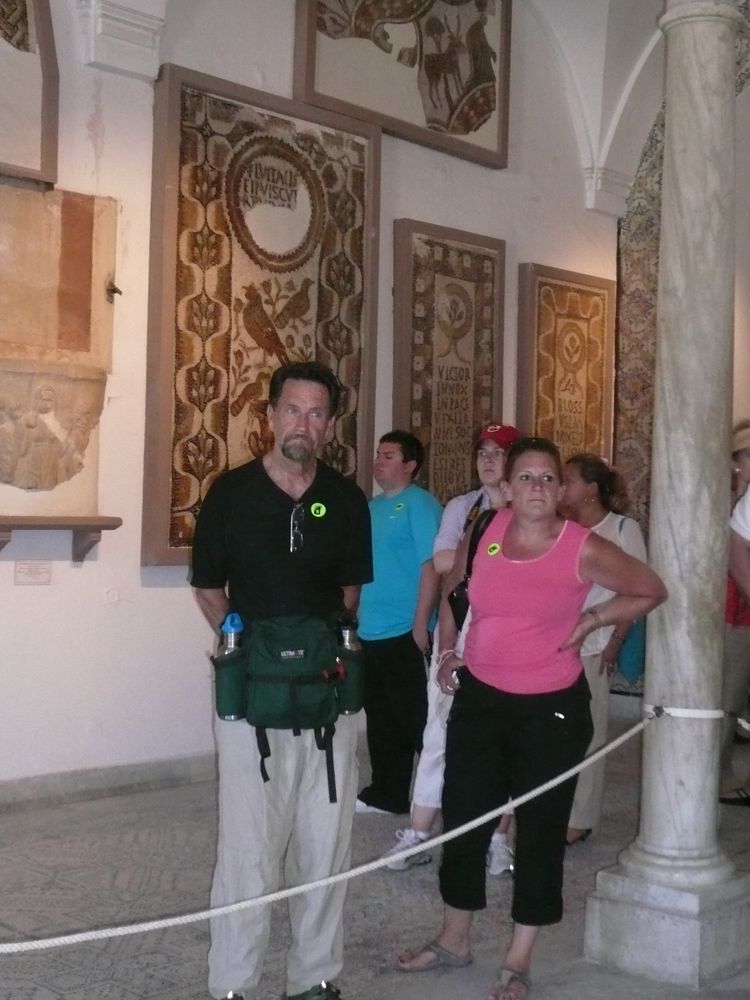
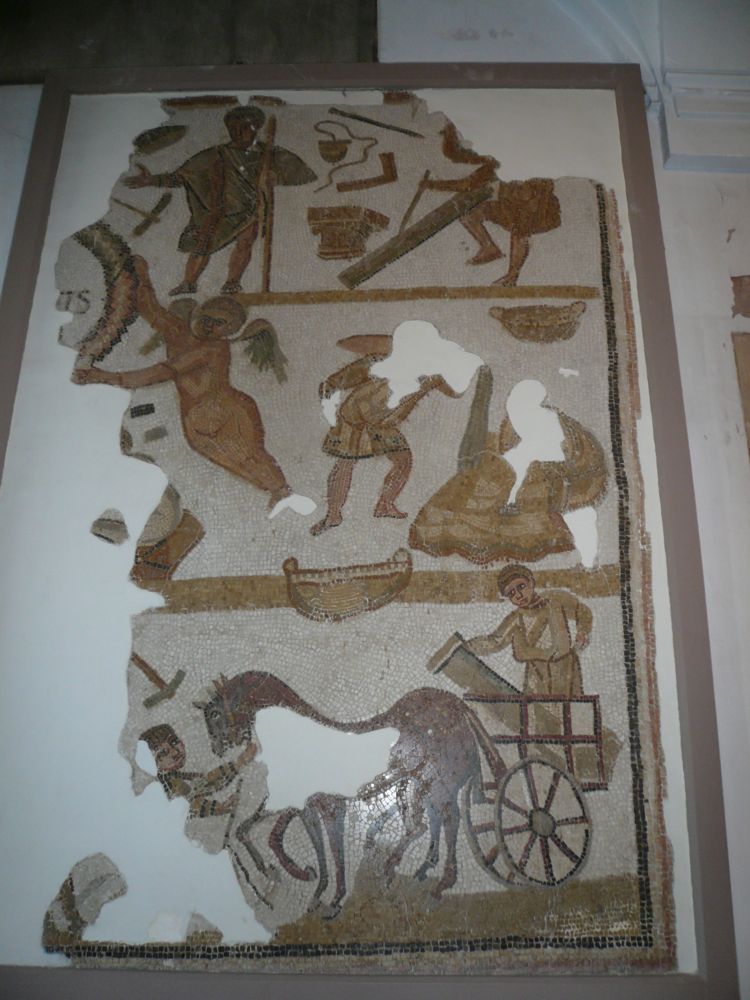
Room of the Marine Mosaics, are a variety of mosaics, mainly from Carthage, Gightis, El Djem and Oudna.
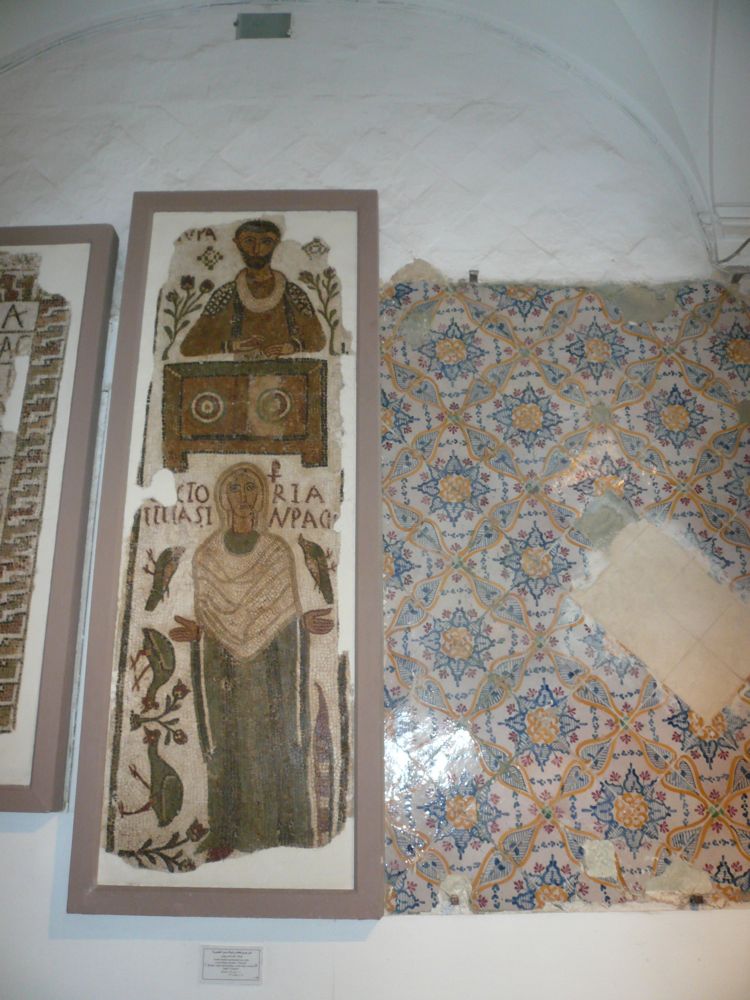
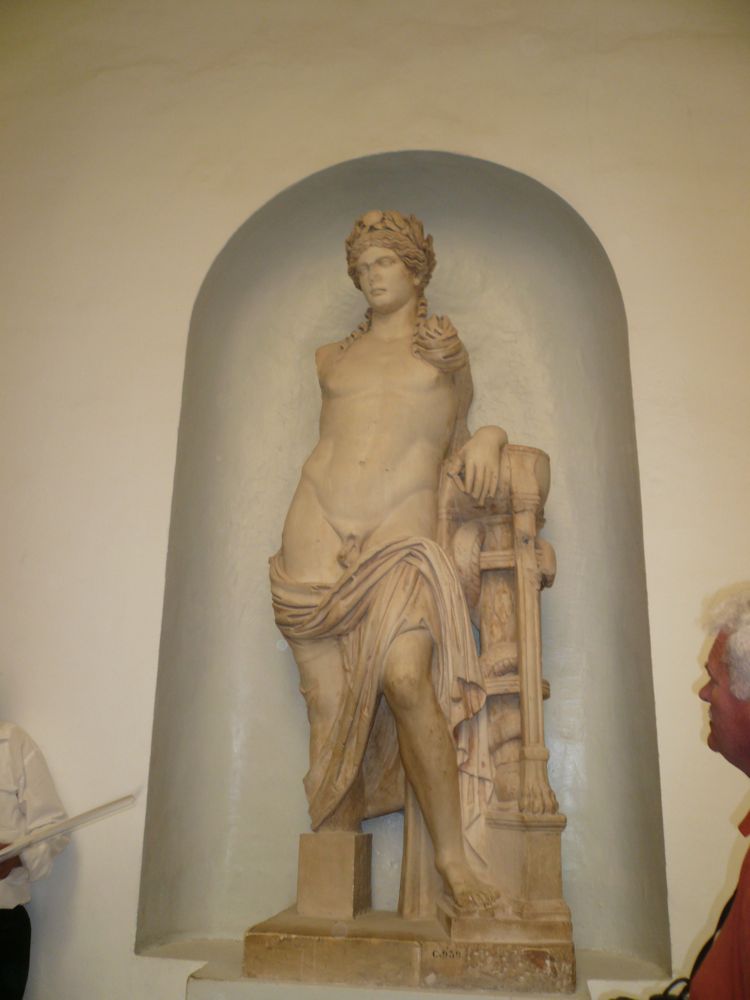

The theater was created in about 200AD
Did you know? - Bardo Museum is a museum in Tunis, Tunisia. It was originally a 13th century Hafsid palace, located in the (then) suburbs of Tunis. It contains a major collection of Roman mosaics and other antiquities of interest from Ancient Greece, Tunisia, and from the Islamic period.
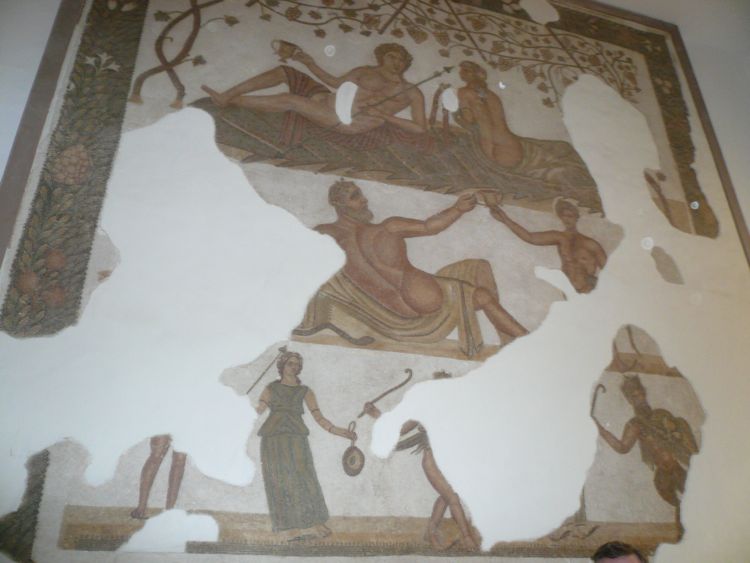
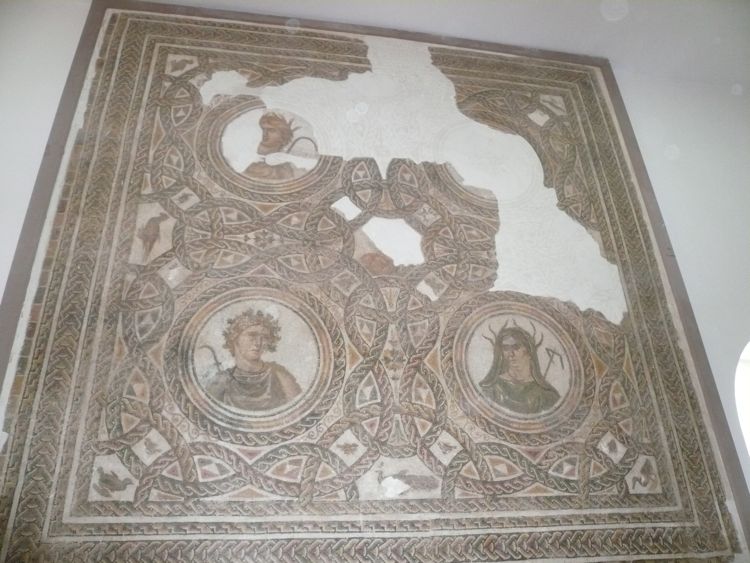
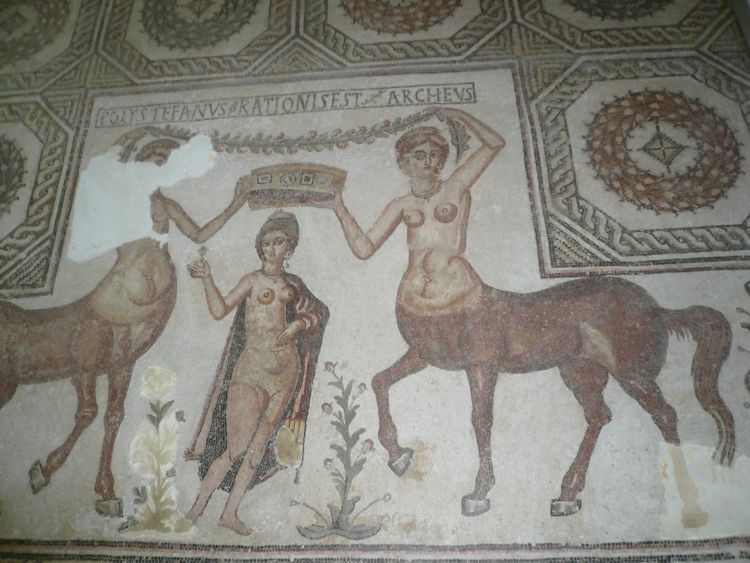
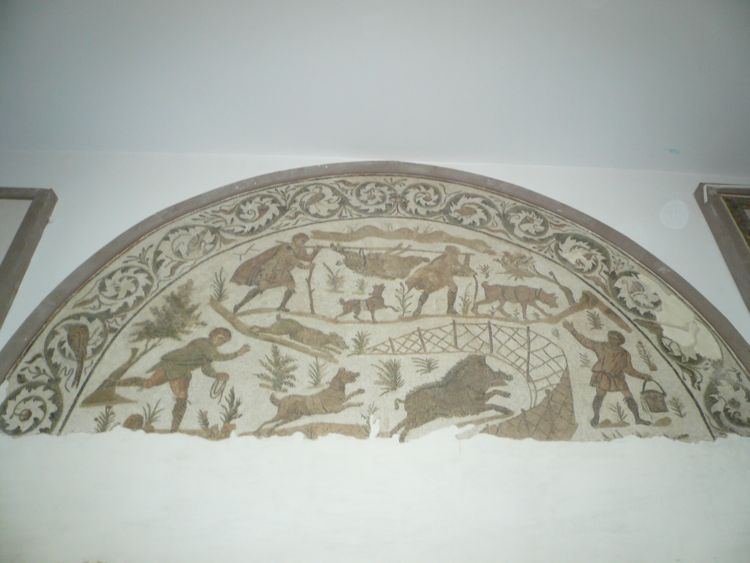

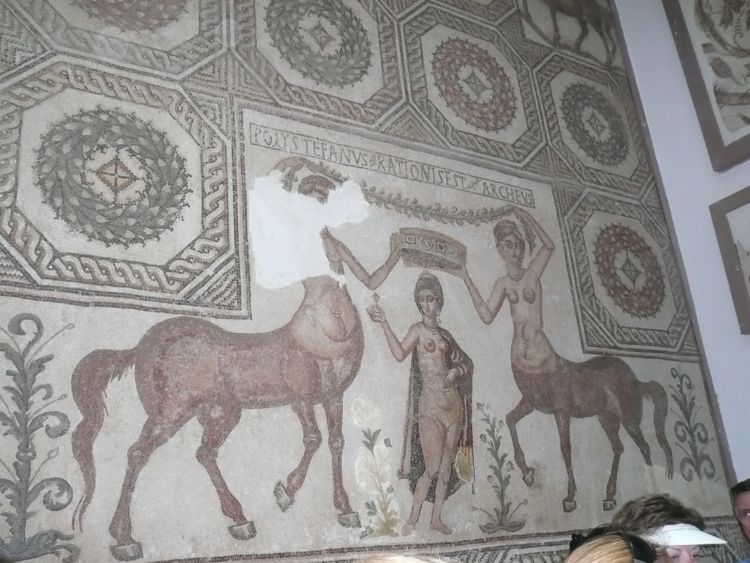
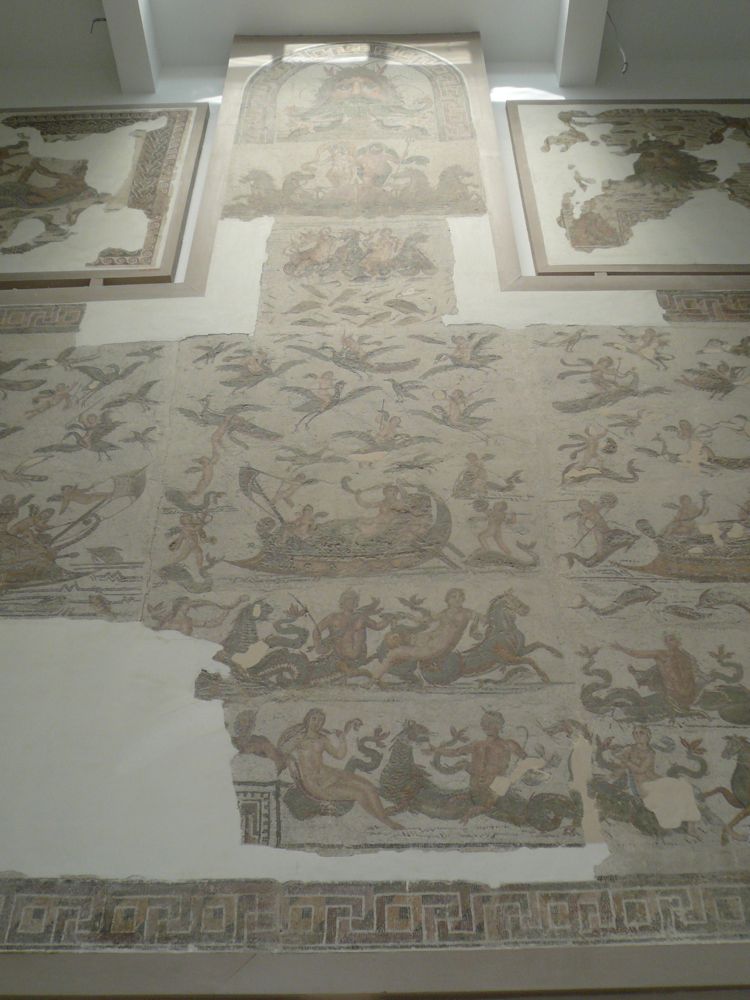

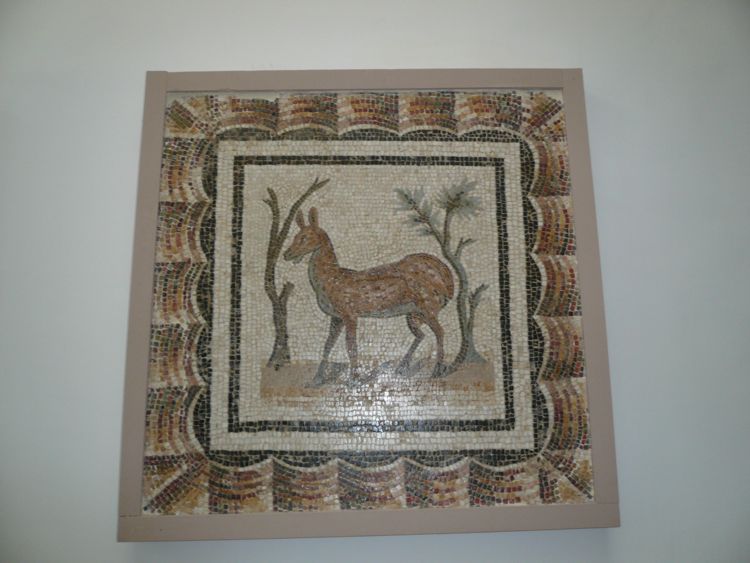
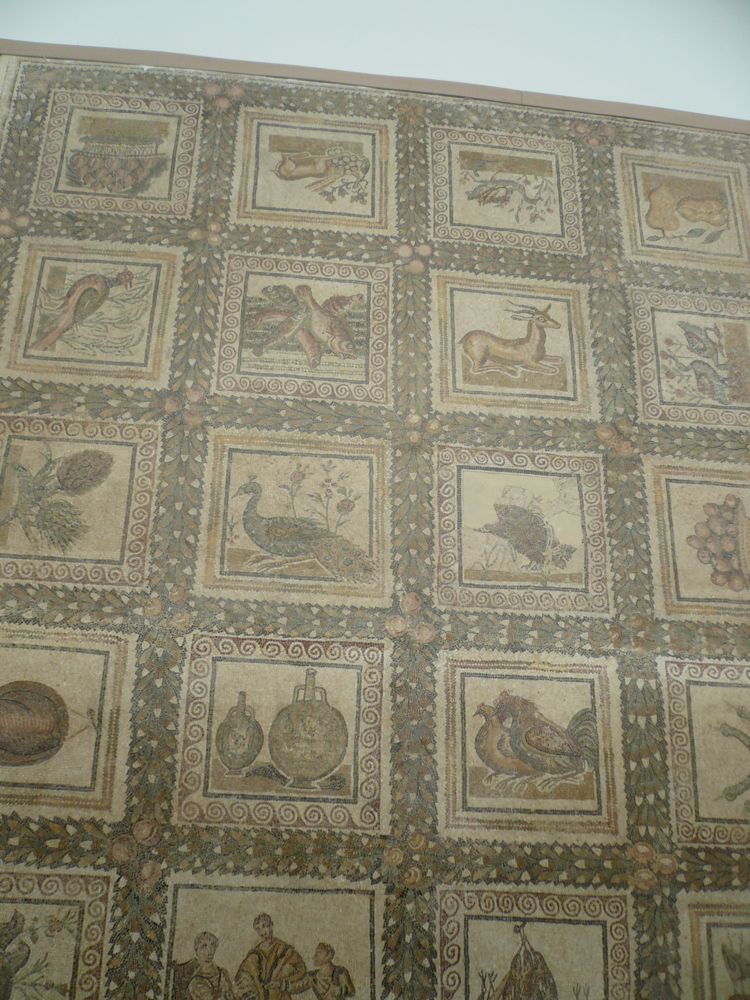
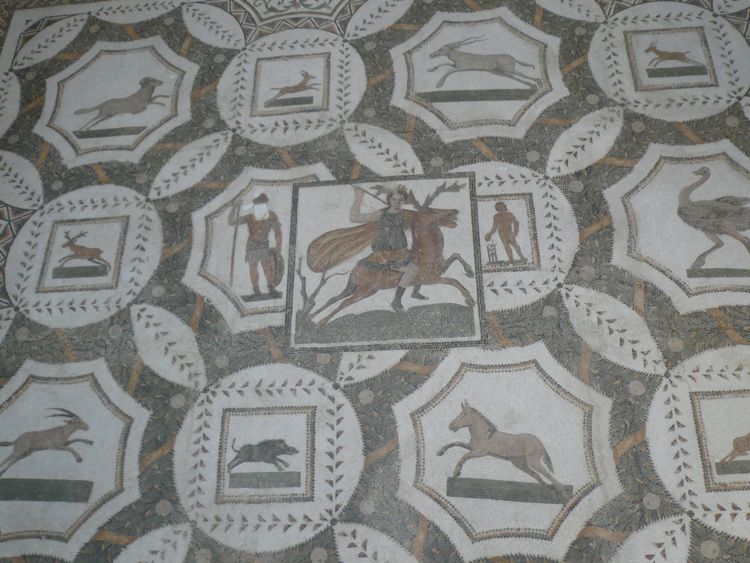
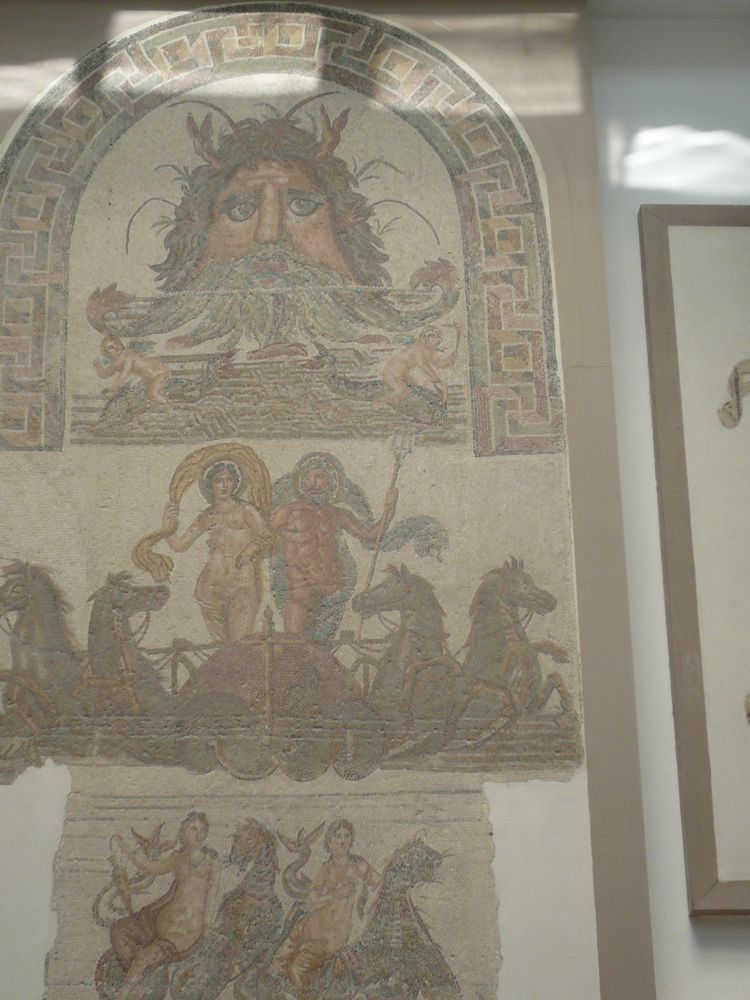
Did you know? - Mosaic is the art of creating images with an assemblage of small pieces of colored glass, stone, or other materials. It may be a technique of decorative art, an aspect of interior decoration, or of cultural and spiritual significance as in a cathedral. Small pieces, normally roughly cubic, of stone or glass of different colors, known as tesserae, (diminutive tessellae), are used to create a pattern or picture.
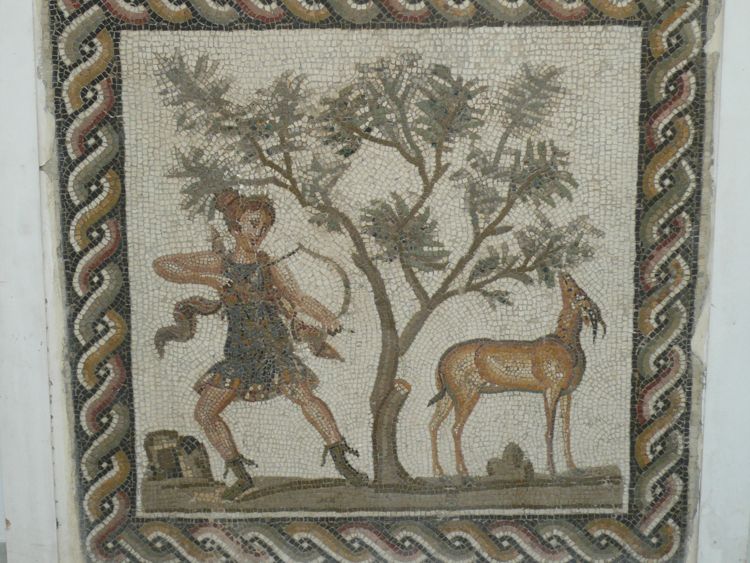
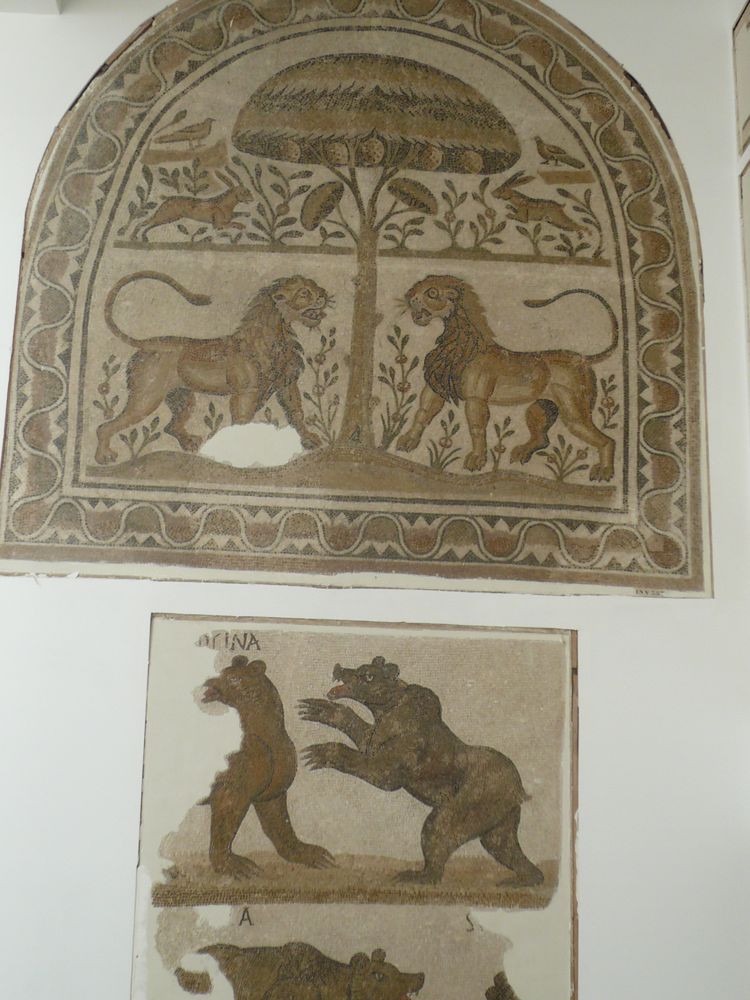
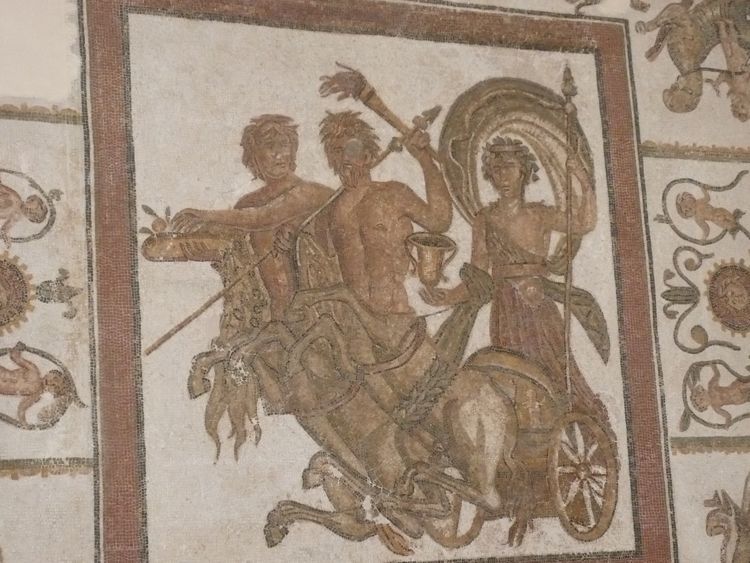
Did you know? - The earliest known examples of mosaics made of different materials were found at a temple building in Ubaid, Mesopotamia, and are dated to the second half of 3rd millennium BC. They consist of pieces of colored stones, shells and ivory. Excavations at Susa and Choqa Zanbil show evidence of the first glazed tiles, dating from around 1500 BC. However, mosaic patterns were not used until the times of Sassanid Empire and Roman influence.
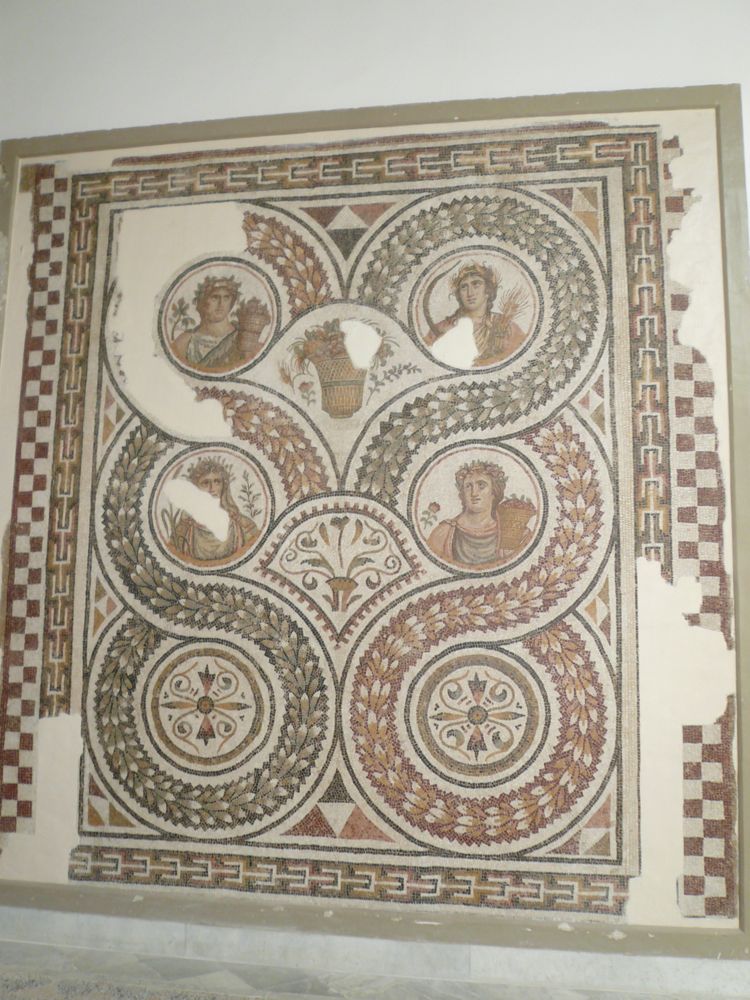
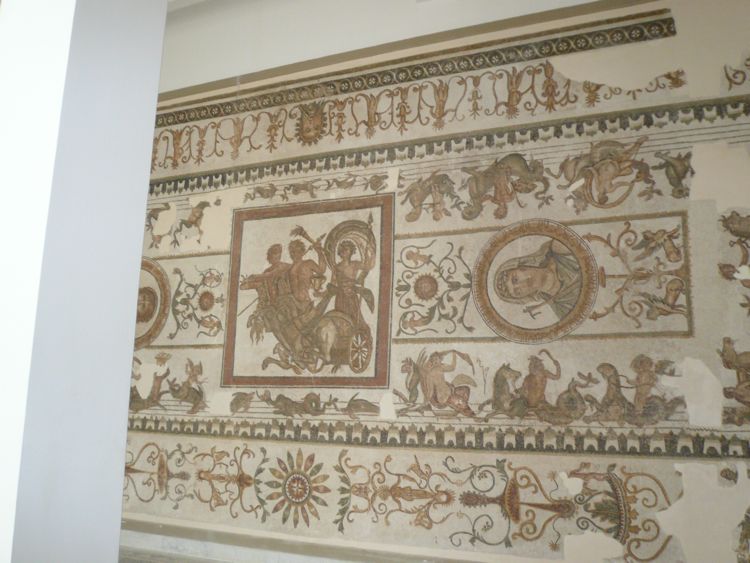
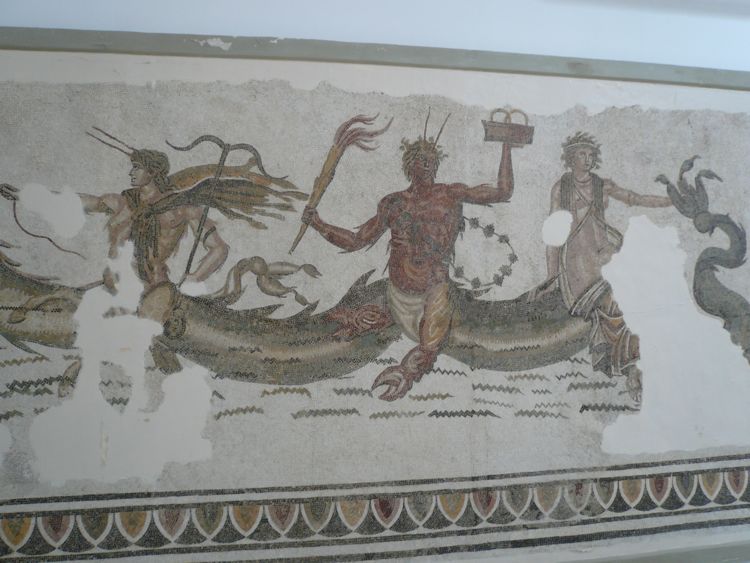

Did you know? - Mosaics of the 4th century BC are found in the Macedonian palace-city of Aegae and they enriched the floors of Hellenistic villas, and Roman dwellings from Britain to Dura-Europos. Splendid mosaic floors are found in Roman villas across north Africa, in places such as Carthage, and can still be seen in the extensive collection in Bardo Museum in Tunis, Tunisia. In Rome, Nero and his architects used mosaics to cover the surfaces of walls and ceilings in the Domus Aurea, built AD 64.
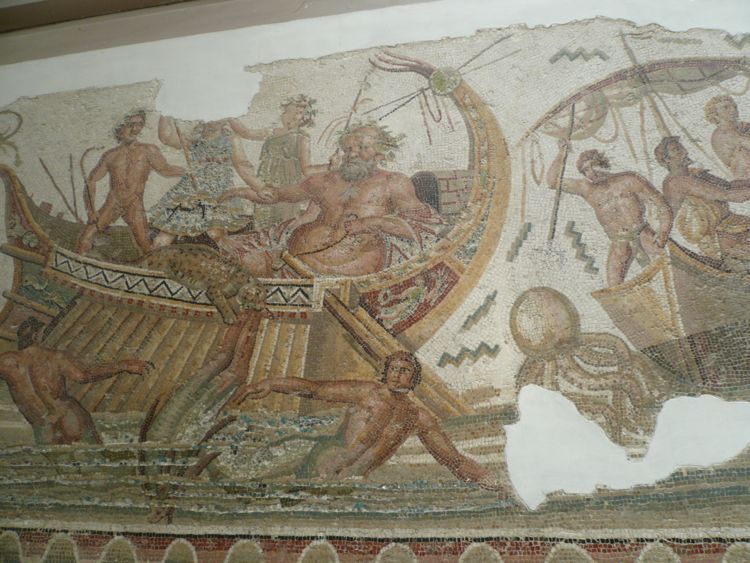
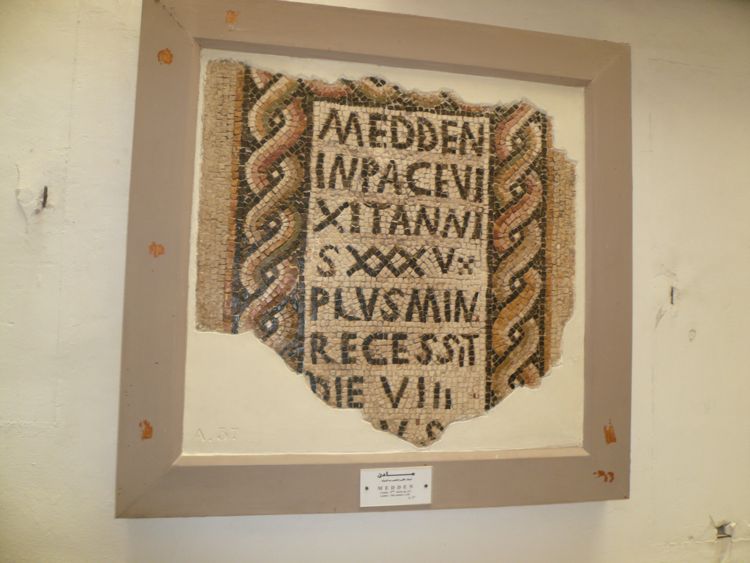
Time To Move On


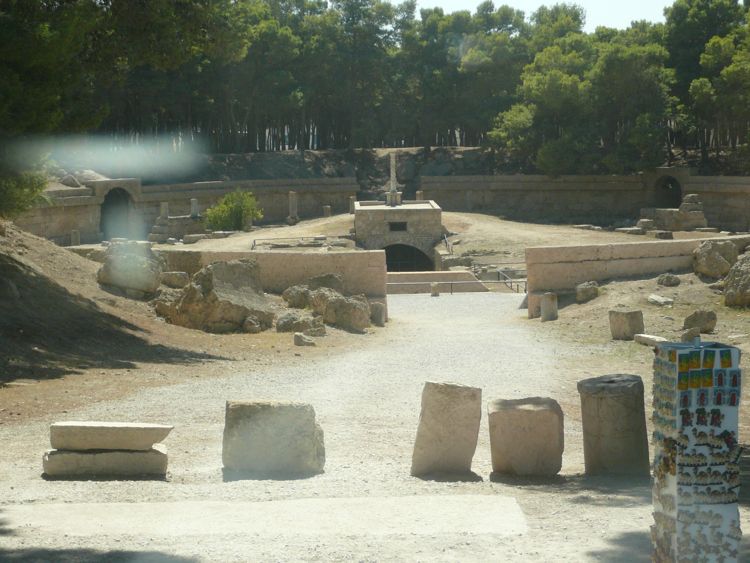
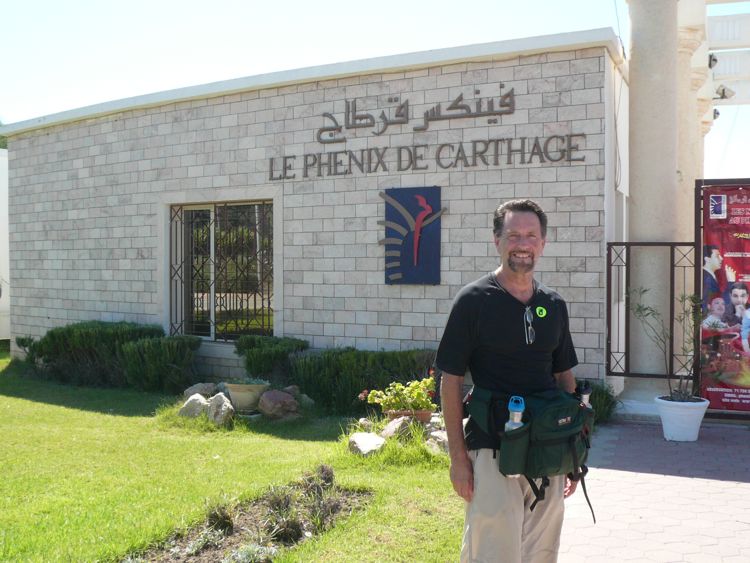
Time for lunch

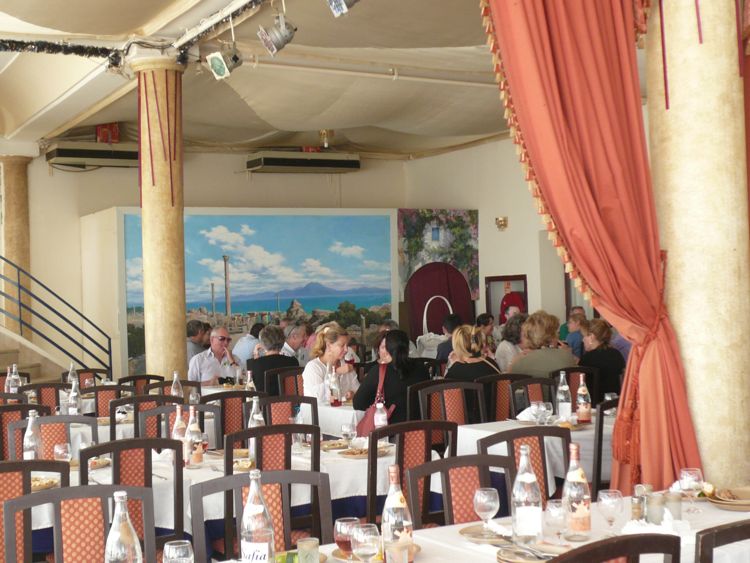
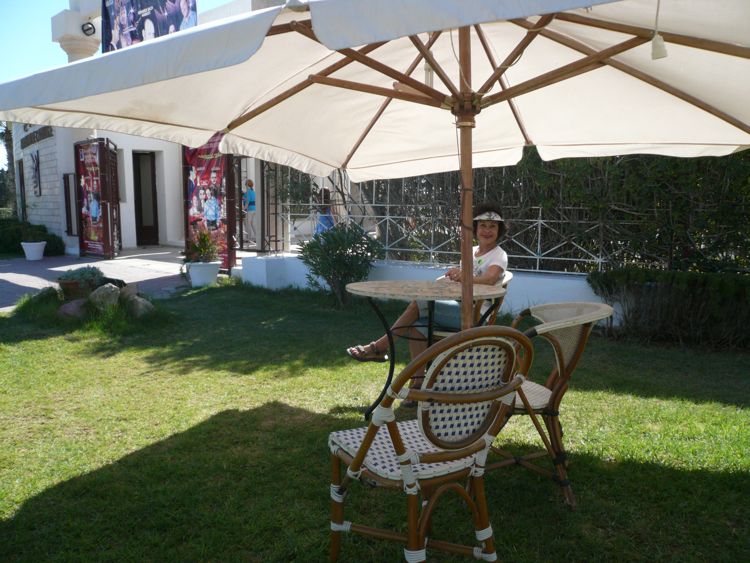


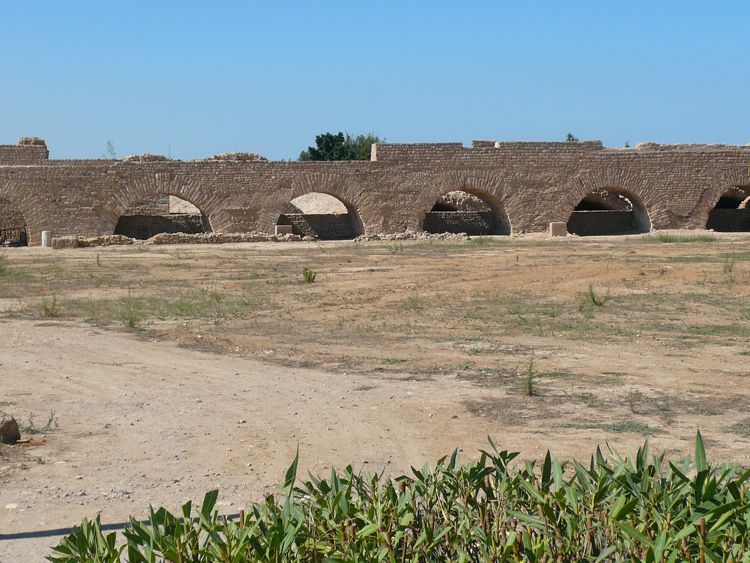
Remembering Our Heroes
Did you know? - At the 27-acre North Africa American Cemetery and Memorial in Tunisia rest 2,841 of our military dead, their headstones set in straight lines subdivided into 9 rectangular plots by wide paths, with decorative pools at their intersections. Along the southeast edge of the burial area, bordering the tree-lined terrace leading to the memorial is the Wall of the Missing. On this wall 3,724 names are engraved. Rosettes mark the names of those since recovered and identified. Most honored here lost their lives in World War II in military activities ranging from North Africa to the Persian Gulf.
The chapel and the memorial court, which contains large maps in mosaic and ceramic depicting the operations and supply activities of American forces across Africa to the Persian Gulf, were designed to harmonize with local architecture. The chapel interior is decorated with polished marble, flags and sculpture.
The cemetery is open daily to the public from 9 a.m. to 5 p.m. except December 25 and January 1. It is open on host country holidays. When the cemetery is open to the public, a staff member is on duty in the Visitor Building to answer questions and escort relatives to grave and memorial sites.
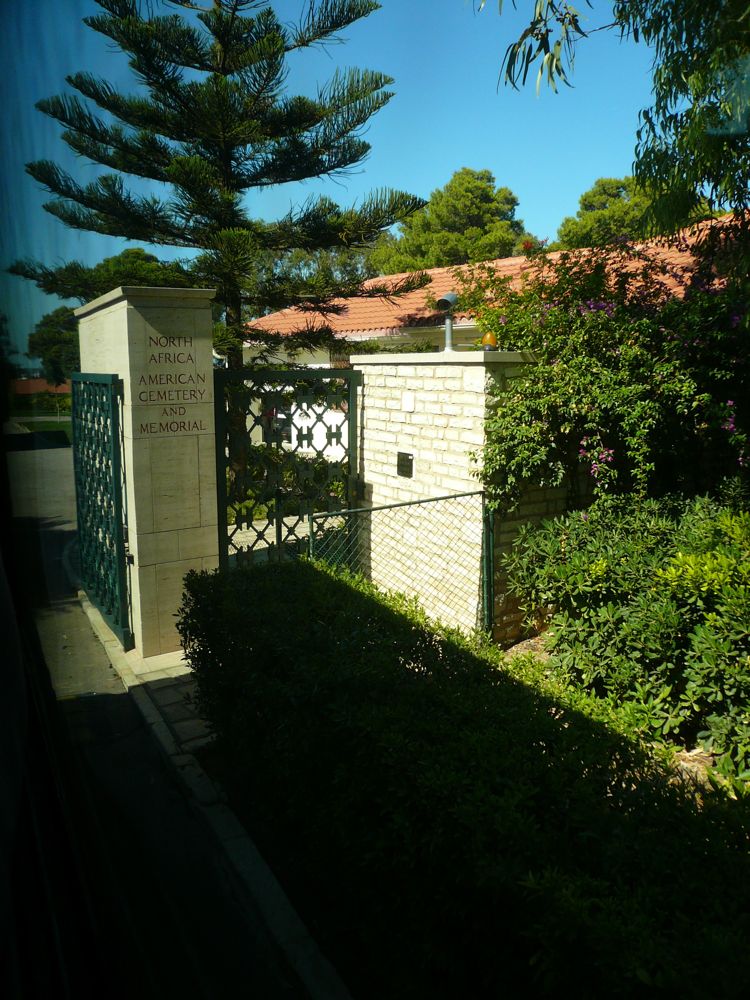
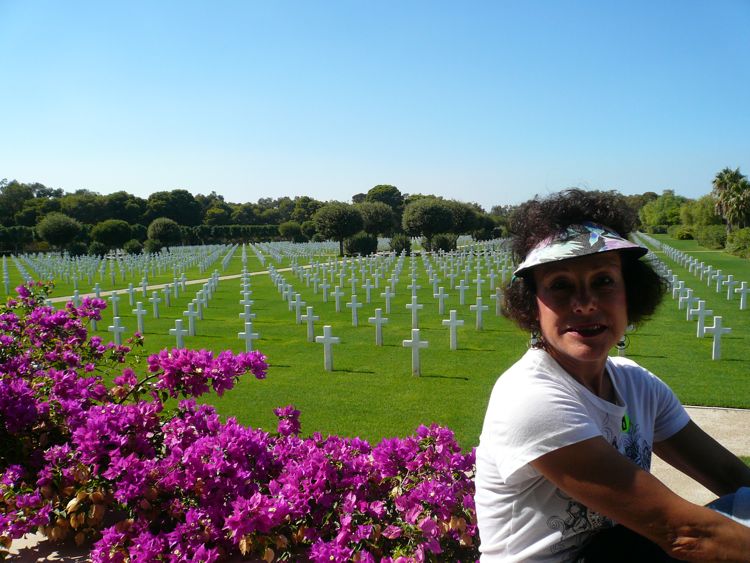
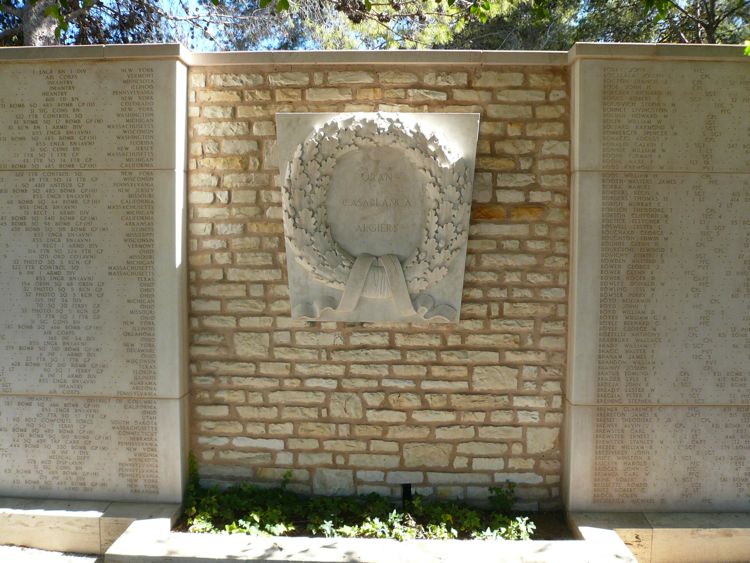
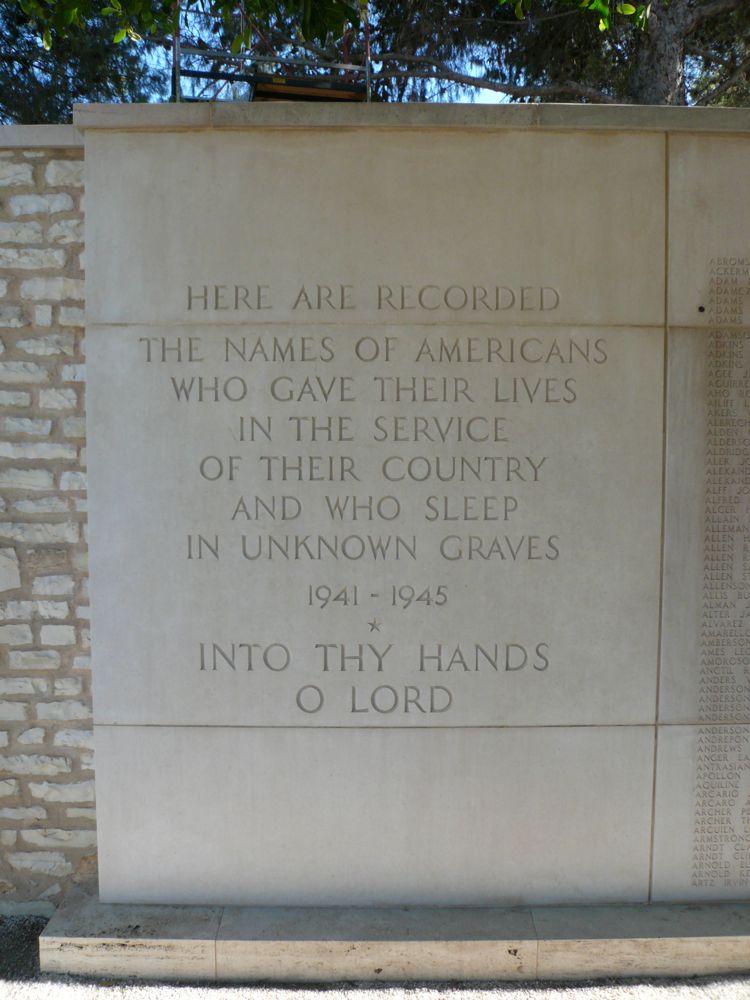
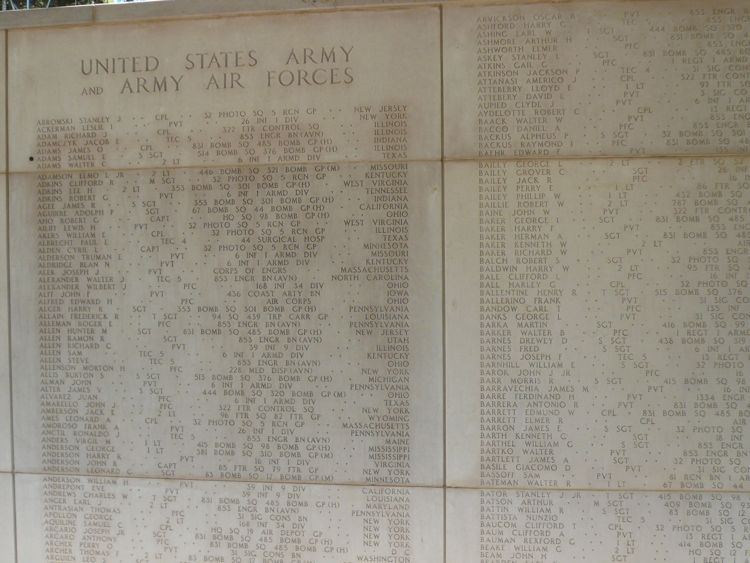

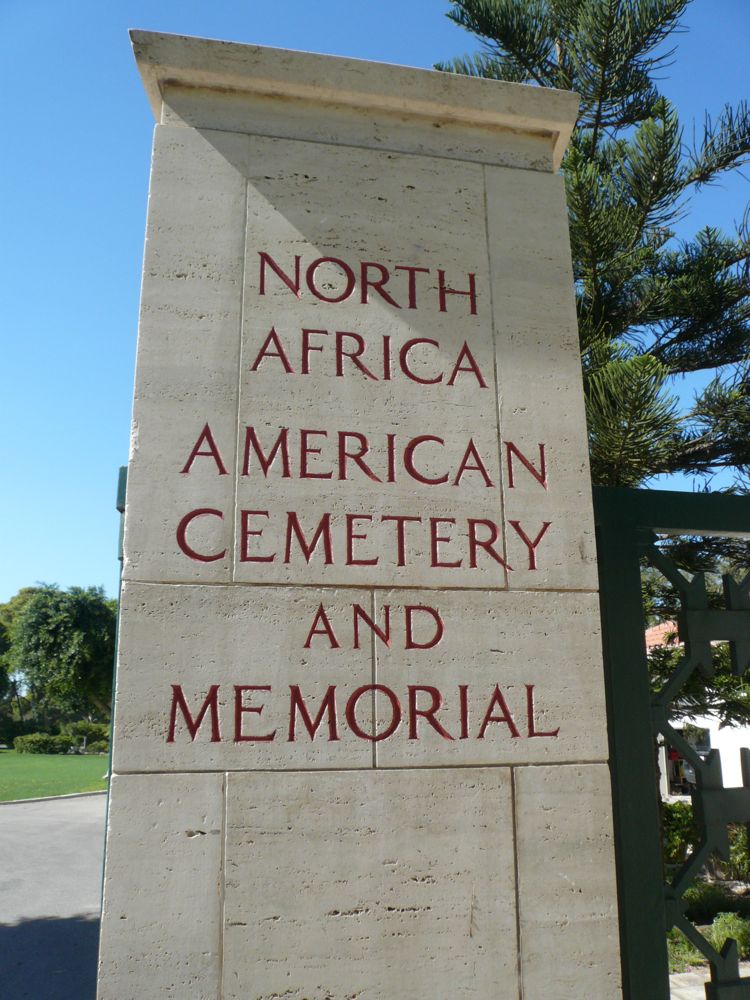
Did you know? - In 1942–1943, Tunisia was the scene of the third major operations by the Allied Forces (the British Empire and the United States) against the Axis Powers (Italy and Germany) during World War II. The main body of the British army, advancing from their victory in the Battle of el-Alamein under the command of British Field Marshal Montgomery, pushed into Tunisia from the south. The US and other allies, following their invasions of Algeria and Morocco in Operation Torch, invaded from the west. German and Italian POWs, following the fall of Tunis, 12 May 1943. Over 230,000 German and Italian troops were taken as prisoners of war.
Field Marshall Erwin Rommel, commander of the Axis forces in North Africa, had hoped to inflict a similar defeat on the Allies in Tunisia as German forces did in the Battle of France in 1940. Before the battle for el-Alamein, the Allied forces had been forced to retreat toward Egypt. As such, the battle for Tunisia was a major test for the Allies. They concluded that in order to defeat Axis forces they would have to coordinate their actions and quickly recover from the inevitable setbacks the German-Italian forces would inflict.
On February 19, 1943, Field Marshall Erwin Rommel launched an attack on the American forces in the Kasserine Pass region of Western Tunisia, hoping to inflict the kind of demoralizing and alliance-shattering defeat the Germans had dealt to Poland, Britain and France. The initial results were a disaster for the United States; the area around the Kasserine Pass is the site of many US war graves from that time.
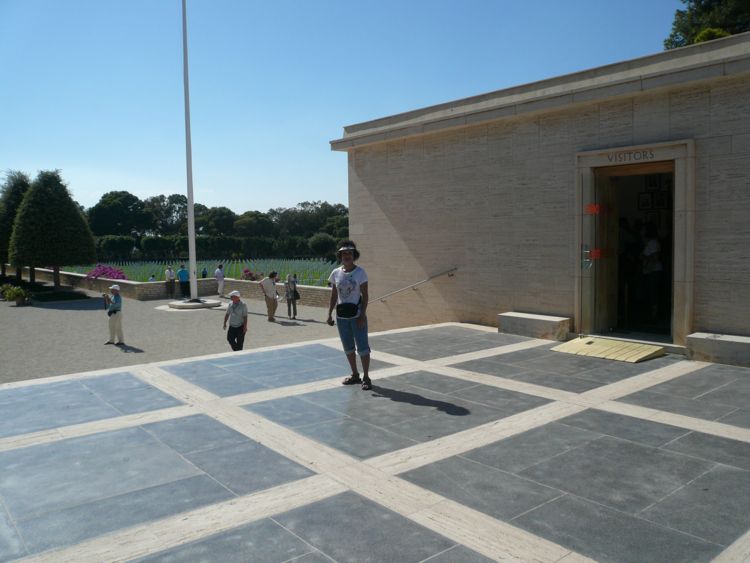
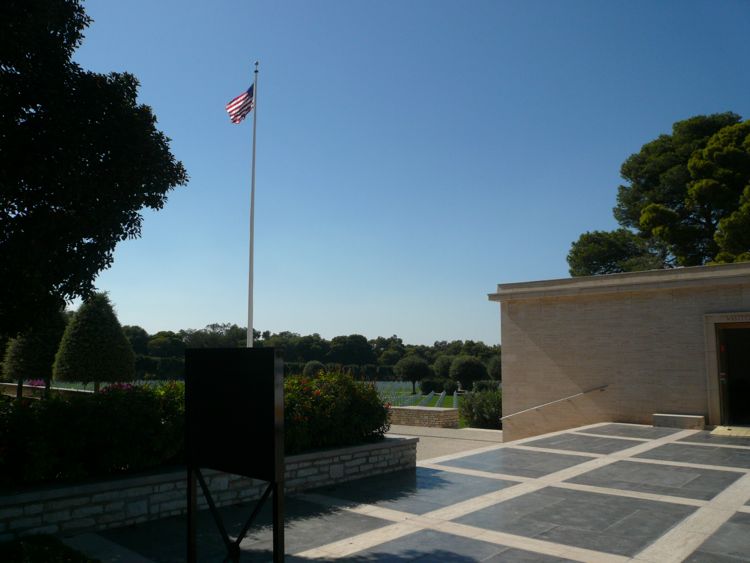
Return To Tunis
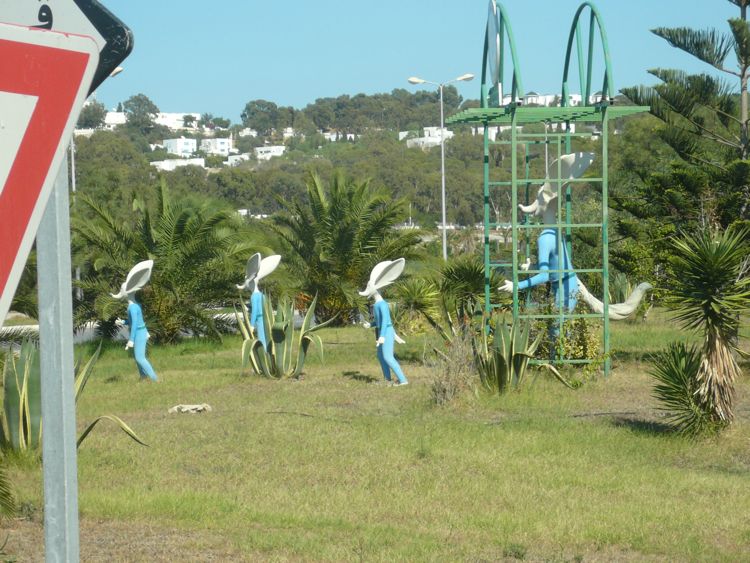
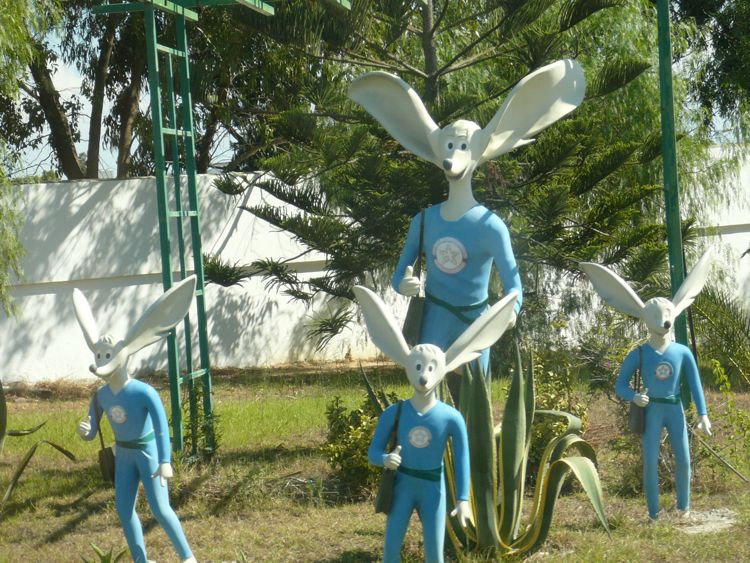
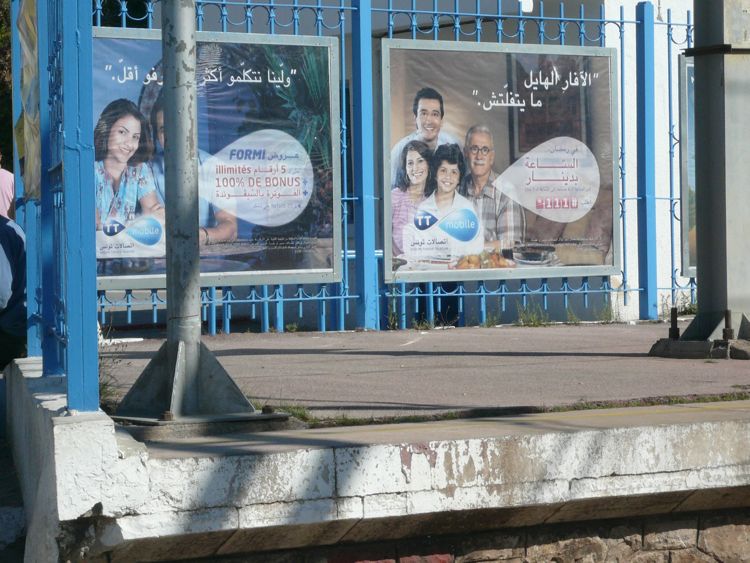
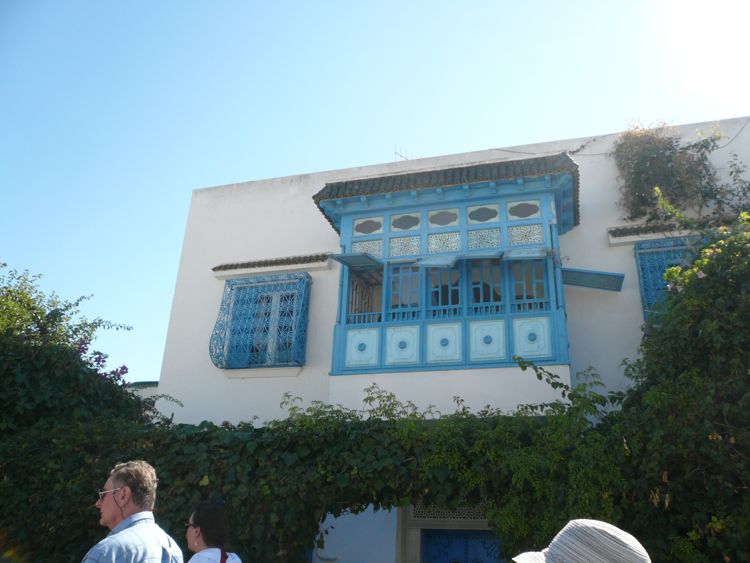
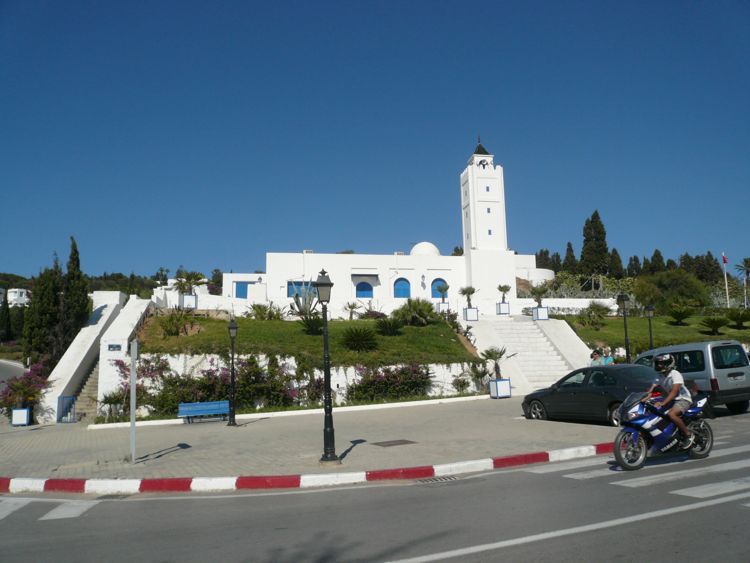
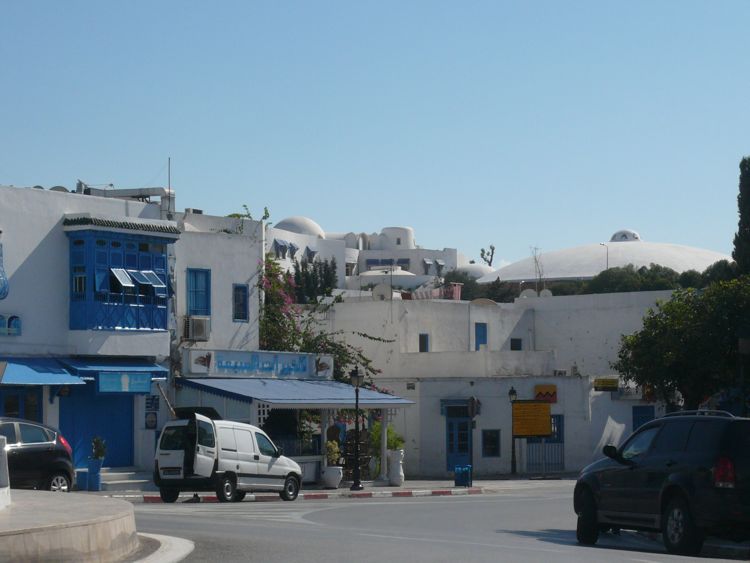
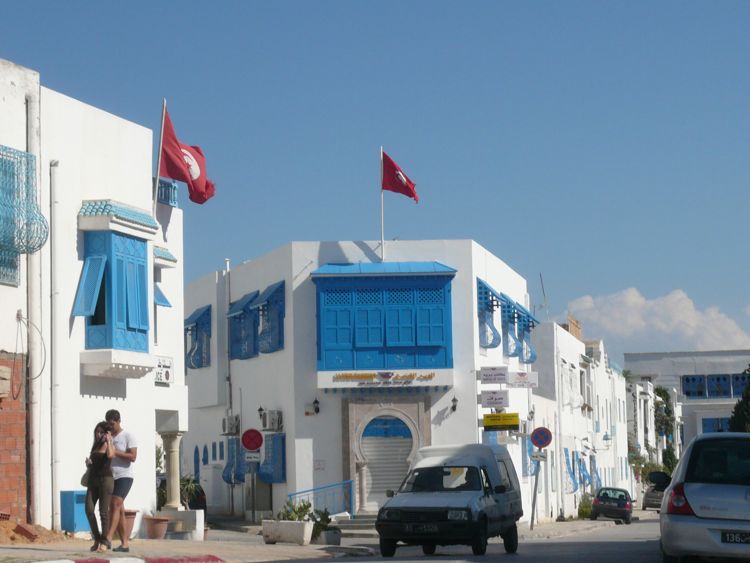
Apparently there is a custom to paint the doors blue as it is said to be a Tunisian symbol of happiness, prosperity and
good luck. It seems like it works or that blue paint is very plentiful.
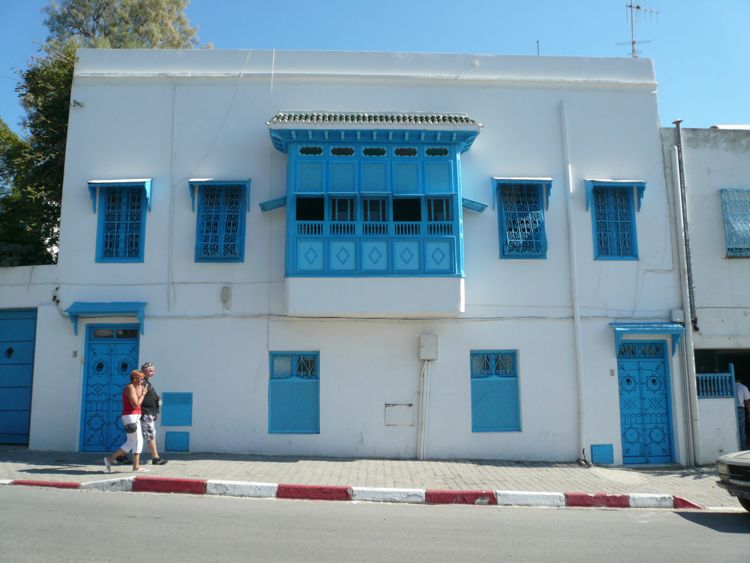
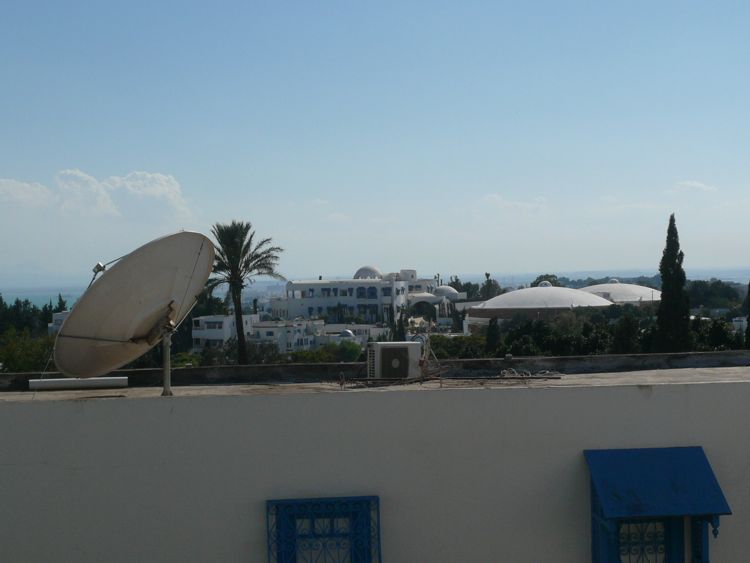

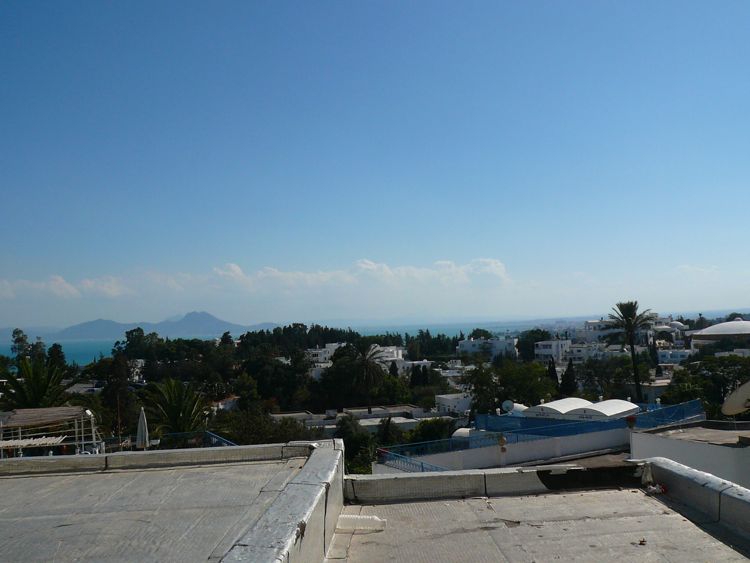
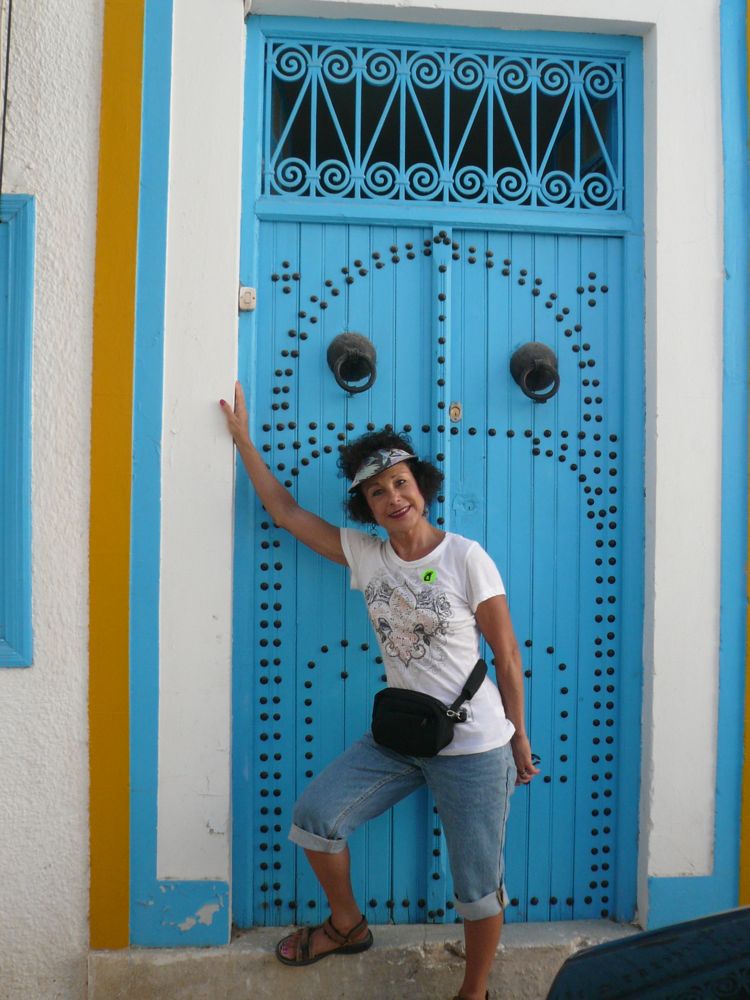
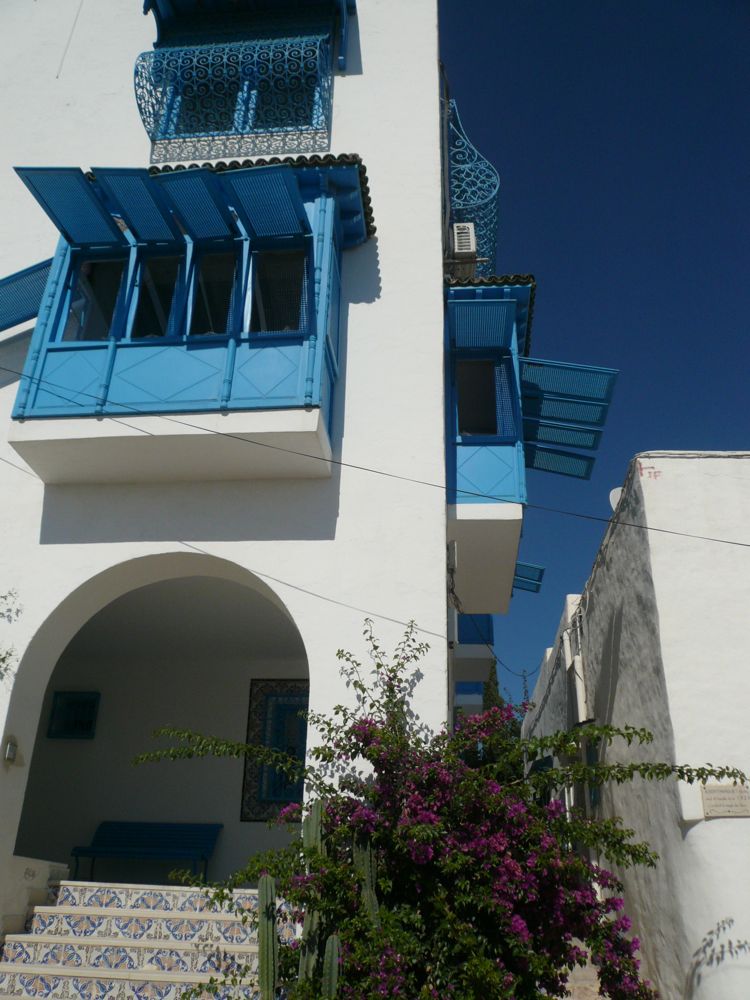
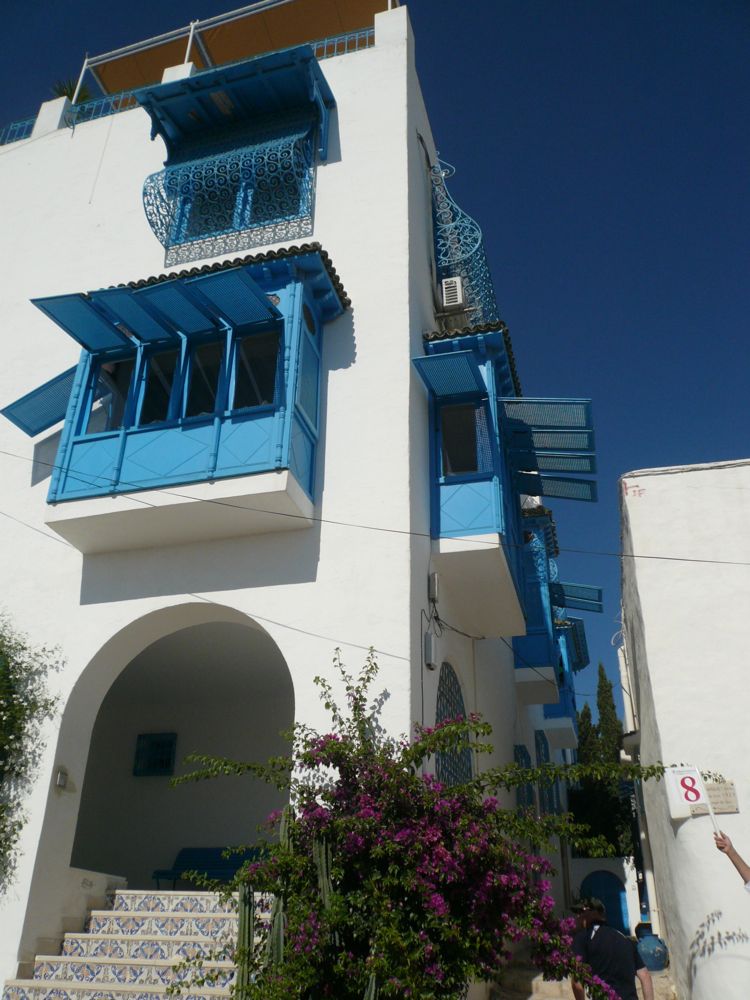
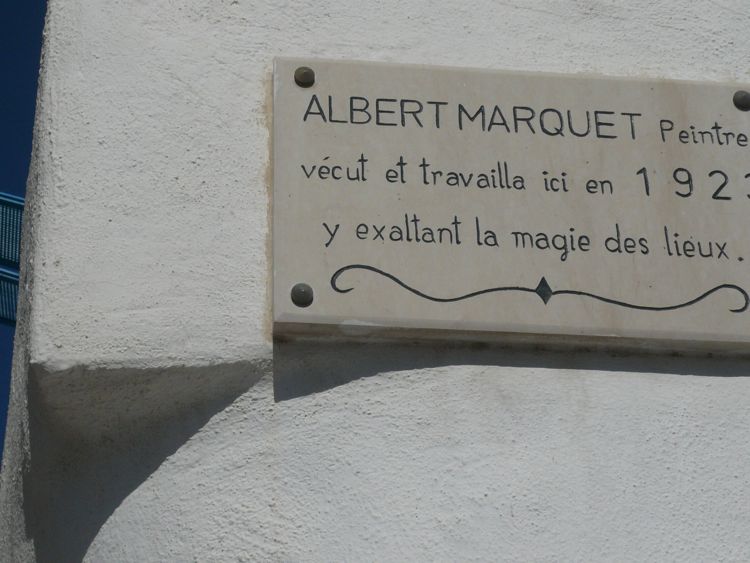
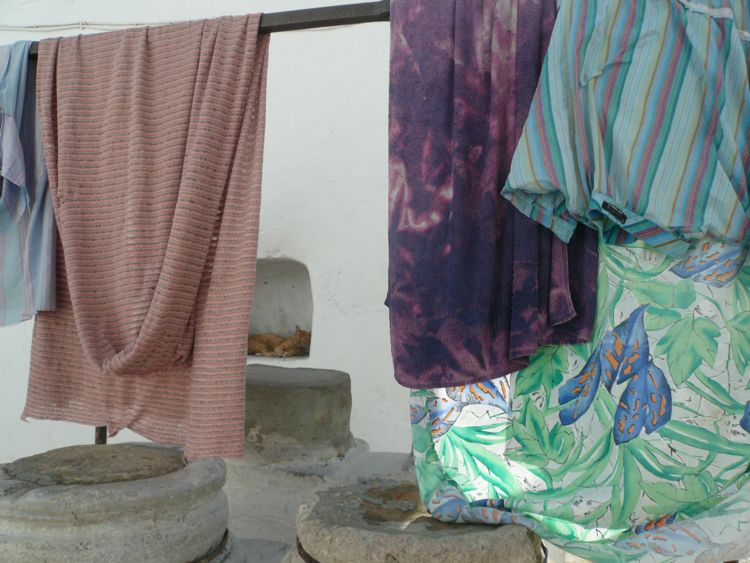

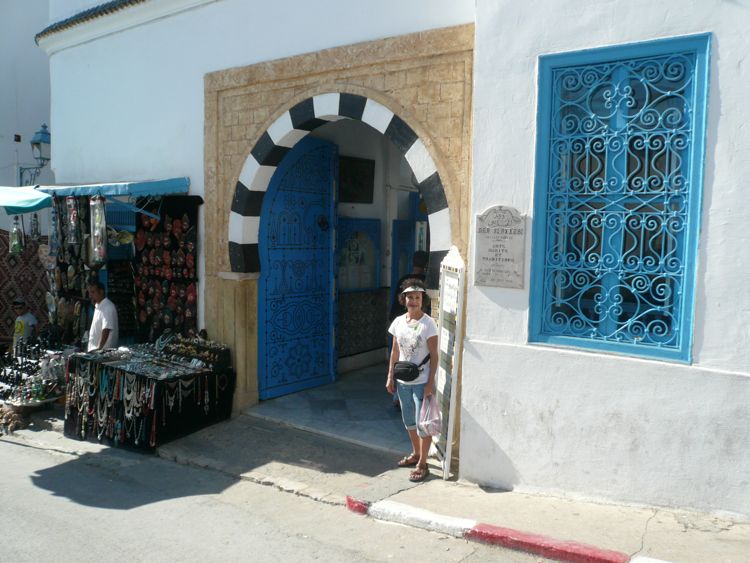
To The Ship

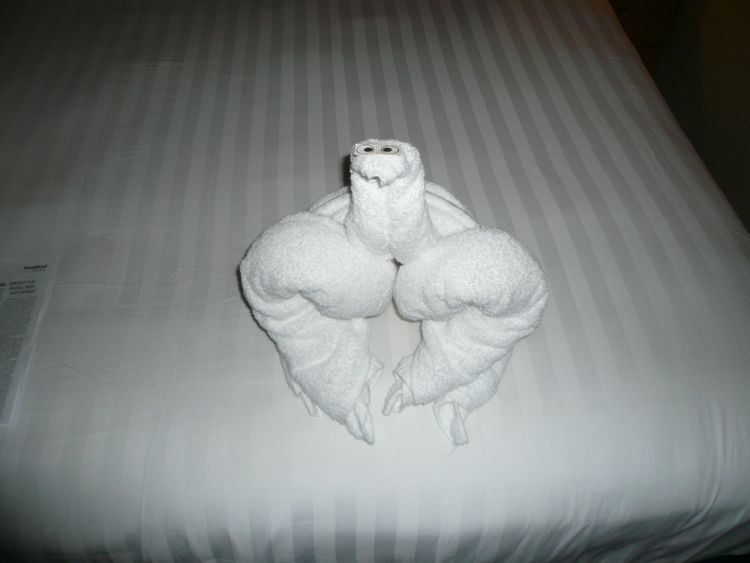
I am not an elephant any more!
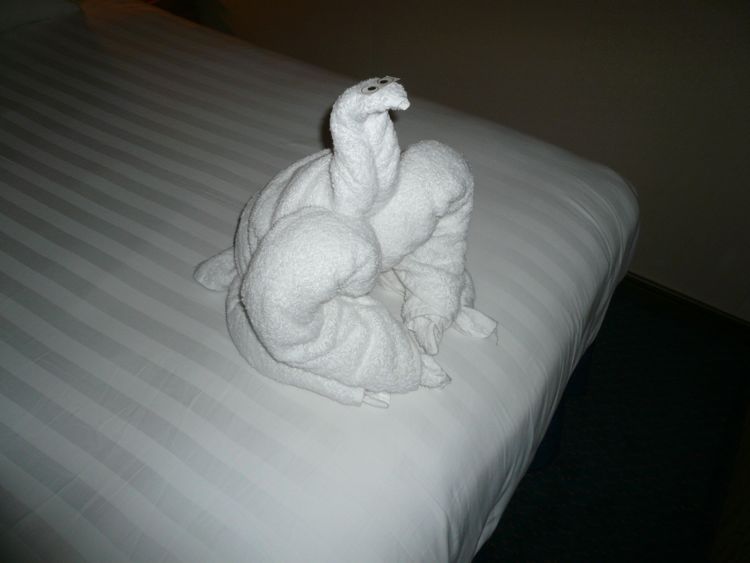

Next destination Pompeii near Napels (Napoli)
- Page 1: Summary
- Page 2: Florence Italy
- Page 3: Monte Carlo
- Page 4: Barcelona Part One
- Page 5: Barcelona Part Two
- Page 6: Barcelona Part Three
- Page 7: Majorca
- Page 8: Tunisia Part One
- Page 9: Tunisia Part Two
- Page 10: Trapani, Sicily
- Page 11: Napels (Pompeii)
- Page 12: Roma Part One
- Page 13: Roma Part Two
- Page 14: Roma Part Three
- Page 15: Roma Part Four
- Page 16: Roma Part Five